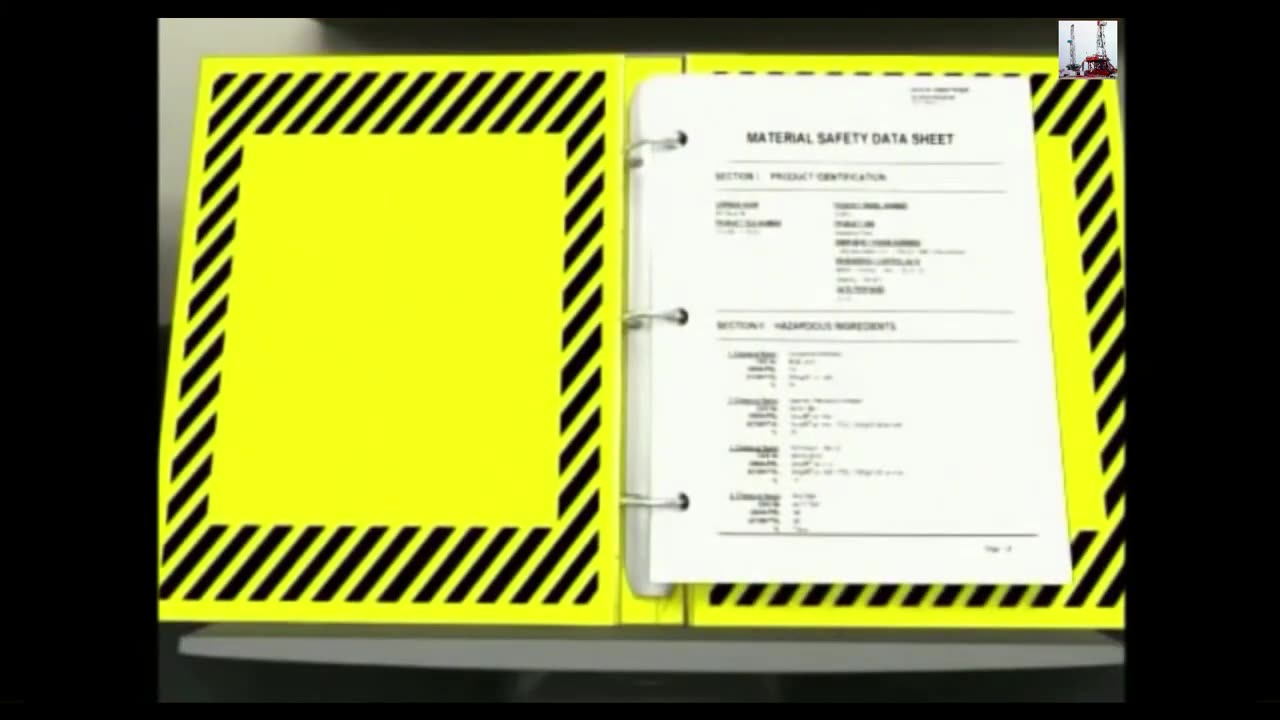Premium Only Content

HAZARD COMMUNICATION
Hazard Communication (HazCom) is an essential workplace program designed to inform employees about the potential hazards of chemicals they may encounter at work. It ensures the safe use, handling, and storage of hazardous materials, thereby reducing accidents and exposure risks. The program is typically governed by regulations like OSHA's Hazard Communication Standard (HCS) in the U.S.
---
### **Key Components of a Hazard Communication Program**
#### 1. **Written HazCom Program**
- A formal document outlining how the workplace will comply with HazCom regulations.
- Includes:
- Procedures for labeling.
- Access to Safety Data Sheets (SDS).
- Training programs for employees.
- Methods for informing workers about non-routine tasks and hazards.
---
#### 2. **Chemical Inventory**
- A complete list of all hazardous chemicals present in the workplace.
- Updated regularly to reflect changes in chemical use or storage.
---
#### 3. **Labeling of Containers**
- **Primary Containers**: Must have original manufacturer labels with:
- Product name.
- Signal word (e.g., "Danger" or "Warning").
- Hazard statements (e.g., "Causes skin irritation").
- Pictograms.
- Precautionary statements.
- Manufacturer's name and contact information.
- **Secondary Containers**: If chemicals are transferred to other containers, they must be labeled with:
- Product name.
- General hazard information.
---
#### 4. **Safety Data Sheets (SDS)**
- SDS must be available for every hazardous chemical.
- Must include:
1. Identification.
2. Hazard identification.
3. Composition/information on ingredients.
4. First-aid measures.
5. Fire-fighting measures.
6. Accidental release measures.
7. Handling and storage.
8. Exposure controls/personal protection.
9. Physical and chemical properties.
10. Stability and reactivity.
11. Toxicological information.
12–16. Additional relevant information.
---
#### 5. **Employee Training**
- Workers must be trained on:
- Understanding labels and SDS.
- Identifying workplace hazards.
- Safe handling, storage, and disposal of hazardous materials.
- Emergency procedures (e.g., spills, exposures).
- Non-routine tasks involving hazardous chemicals.
---
#### 6. **Communication of Hazards**
- Methods to inform employees of hazards in their areas.
- Procedures to communicate hazards to contractors and visitors.
---
### **Employee Responsibilities**
- Follow workplace safety protocols.
- Use personal protective equipment (PPE) as required.
- Immediately report spills, leaks, or unsafe conditions.
---
### **Employer Responsibilities**
- Maintain up-to-date hazard information.
- Ensure employees have access to SDS and proper training.
- Review and revise the HazCom program regularly.
Would you like assistance with creating a specific HazCom plan or resources for training materials?
-
 6:54
6:54
HSESafetyInformation
8 months ago6 Must Try Breakfast recipes By Food Fusion
371 -
 LIVE
LIVE
Rallied
1 hour agoWarzone Solo Challenges then RedSec Domination
80 watching -
 LIVE
LIVE
Red Pill News
3 hours agoBoomerang Time - DOJ Investigating BLM Fraud on Red Pill News Live
3,492 watching -
 1:46:14
1:46:14
Roseanne Barr
4 hours ago“The Over Emotional Are Always Under Informed” | The Roseanne Barr Podcast #121
62.9K24 -
 LIVE
LIVE
Nerdrotic
5 hours ago $5.48 earnedThe WitcHER DOA | Box Office Massacre | Massive Industry Layoffs - Friday Night Tights 378
1,359 watching -
 14:54
14:54
IsaacButterfield
13 hours ago $0.95 earnedShe Called Out “Creepy Men It Didn’t End Well
12.8K33 -
 LIVE
LIVE
LFA TV
21 hours agoLIVE & BREAKING NEWS! | FRIDAY 10/31/25
694 watching -
 1:08:42
1:08:42
vivafrei
4 hours agoEric Swalwell in Trouble Again? RFK Jr. "Reverses Course" on Tylenol & Autism? Arctic Frost & MORE!
76K27 -
 1:19:51
1:19:51
DeVory Darkins
5 hours agoNewsom EXPOSED after latest bombshell and Democrats pulls shocking stunt regarding shutdown
75.8K37 -
 25:29
25:29
Stephen Gardner
4 hours ago💣 Trump White House UNEXPECTED Move + Thune DESTROYS Schumer on Senate Floor!!
32.8K28